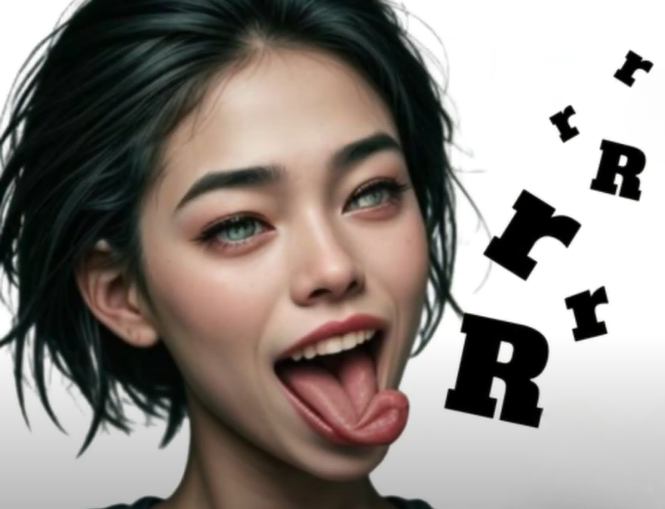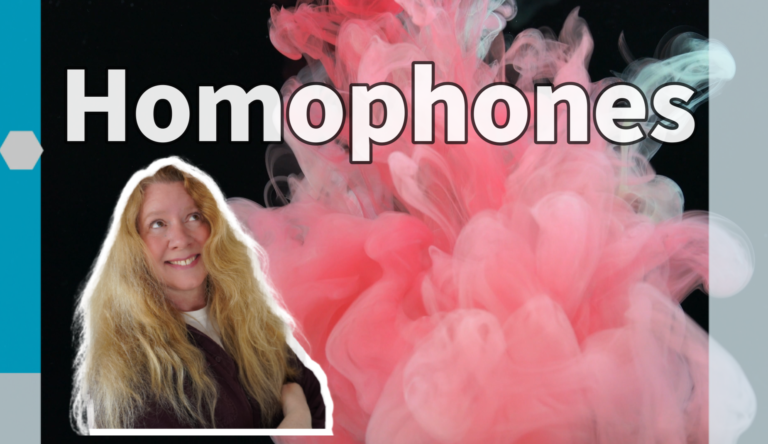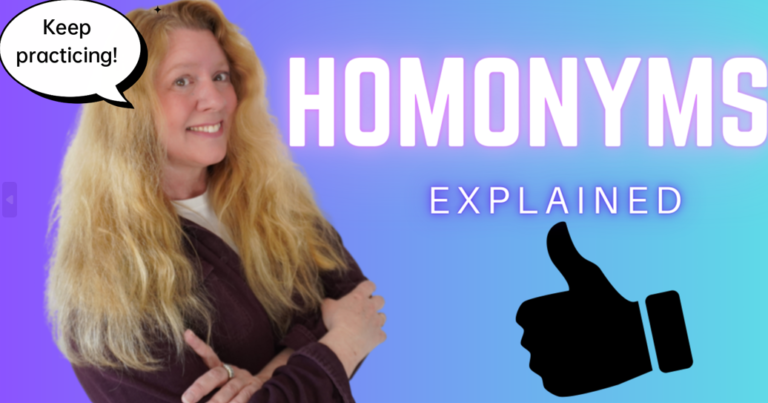R Controlled Vowels in American English
| Allophone | Phoneme | At the beginning of a word | In the middle of a word | At the end of a word |
|---|---|---|---|---|
| [ɚ] | /ɚ/ | around/ɚˈɹaʊnd/ | percent/pɚˈsɛnt/ | never/ˈnɛvɚ/ |
| [ɝ] | /ɝ/ | early/ˈɝlɪ/ | first/ˈfɝst/ | sir/ˈsɝ/ |
| [ɪr] | /ɪr/ | ears/ˈɪrz/ | years/ˈjɪrz/ | here/ˈhɪr/ |
| [ɛr] | /ɛr/ | airport/ˈɛrˌpɔrt/ | therefore/ˈðɛrˌfɔr/ | where/ˈwɛr/ |
| [ʊr] | /ʊr/ | – | insurance/ɪnˈʃʊrəns/ | sure/ˈʃʊr/ |
| [ɔr] | /ɔr/ | order/ˈɔrdɚ/ | morning/ˈmɔrnɪŋ/ | more/ˈmɔr/ |
| [ɑr] | /ɑr/ | art/ˈɑrt/ | large/ˈlɑrdʒ/ | far/ˈfɑr/ |
In American English, /r/-controlled vowels (also called /r/-colored vowels) are vowels that are affected by the “r” sound, /r/. Whenever you see a vowel followed by the letter “r” in the same syllable, the 2 letters are pronounced together as one sound. For example, the word “bird” /bɝd/ is made of 3 sounds: b + ɝ + d.
R-controlled vowels can be articulated in various ways: the tip or blade of the tongue may be turned up during at least part of the articulation of the vowel (a retroflex articulation) or the back of the tongue may be bunched. In addition, the vocal tract may often be constricted in the region of the epiglottis. (source)






